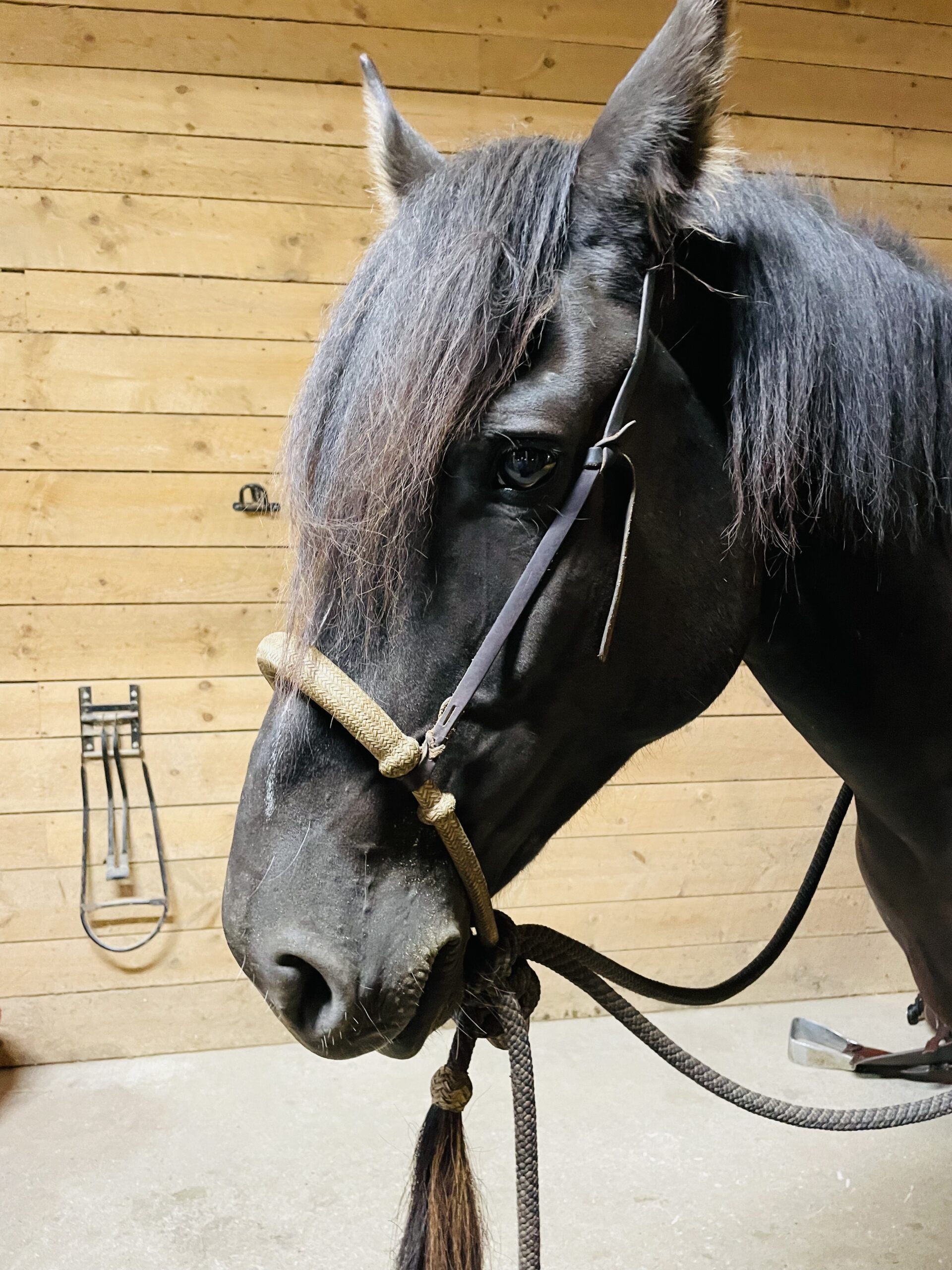For many of us, completing a task is the primary goal—often more important than how the task is completed. However, when task completion becomes the sole focus, without regard for developing good horsemanship, the result can quickly turn into a battle of wills between the rider and the horse. One of the most common examples of this is the overuse of aids, where frustration leads to pulling, spurring, and even banging on the horse.
Let’s consider backing a horse up. Horses are naturally unaccustomed to backing up. In their natural environment, they may back up one or two steps at most, typically to reposition themselves for a turn. Despite this, many riders resort to pulling on the reins to drag the horse backwards.
While the horse might eventually figure out how to back up and complete the task, it often has to endure significant discomfort before it “submits to the bit” (a poor interpretation of submission). Taking the time to prepare the horse step by step is a far better approach for both the horse and the rider. Pulling back as hard as you can might get the task done, but what’s the cost to the horse?
With horses that aren’t compliant, the result can be dangerous. Frustrated riders often add spurring to “motivate” the horse to back up. The combination of being pulled and driven with the spur can cause the horse to lighten its front end and potentially stumble backward, rear, or even fall on the rider.
Another common example of prioritizing task completion over careful horsemanship is the attempt to return escapee horses to their pastures. Some horses, especially those that are rarely handled or not well trained, can be difficult to catch. For these horses, grazing in the field seems far more appealing than being caught and brought back.
Inexperienced individuals often resort to herding or chasing the horse back into the pasture, but this can have unintended consequences. For instance, a horse might attempt to jump a gate to escape from the person chasing it. The horse could injure itself on the gate, and the human might end up blaming the “stupid horse.”
While it may take more time, the better approach is to teach the horse to be mentally prepared to be caught. When a horse is prepared to be caught, it’s a simple process to halter it and return it to where it belongs. However, preparing a horse to be caught takes time, effort, and patience—something many humans are unwilling to invest because they are too focused on task completion.
In both of these cases, the core issue is a lack of preparation, often due to the human’s lack of experience or understanding of horses and their behavior. Instead of rushing to complete the task, wouldn’t it be better to invest time in motivating the horse and preparing it to willingly participate? By doing so, the task can be completed with mutual understanding, making it safer and more effective for both horse and rider.

